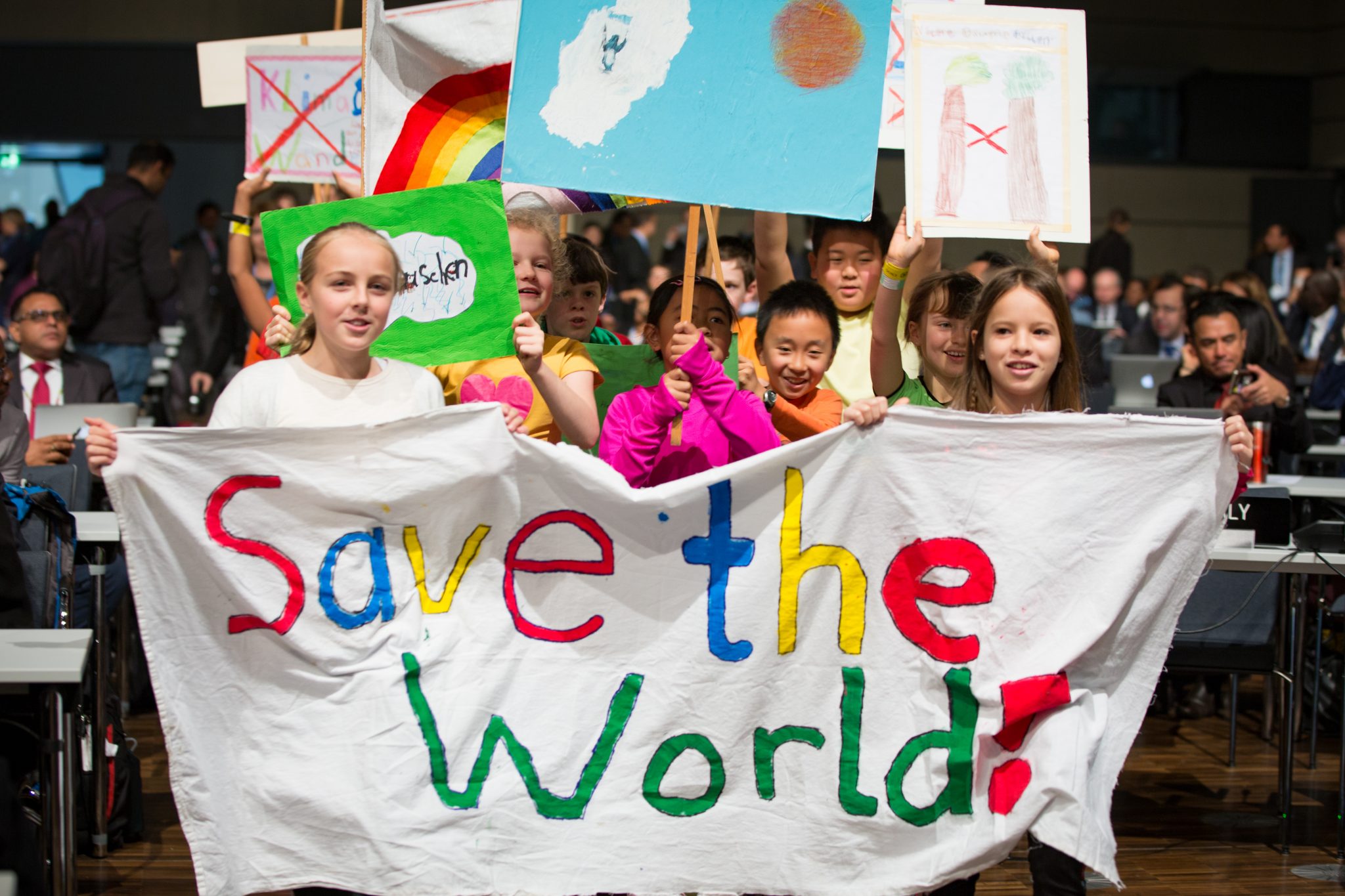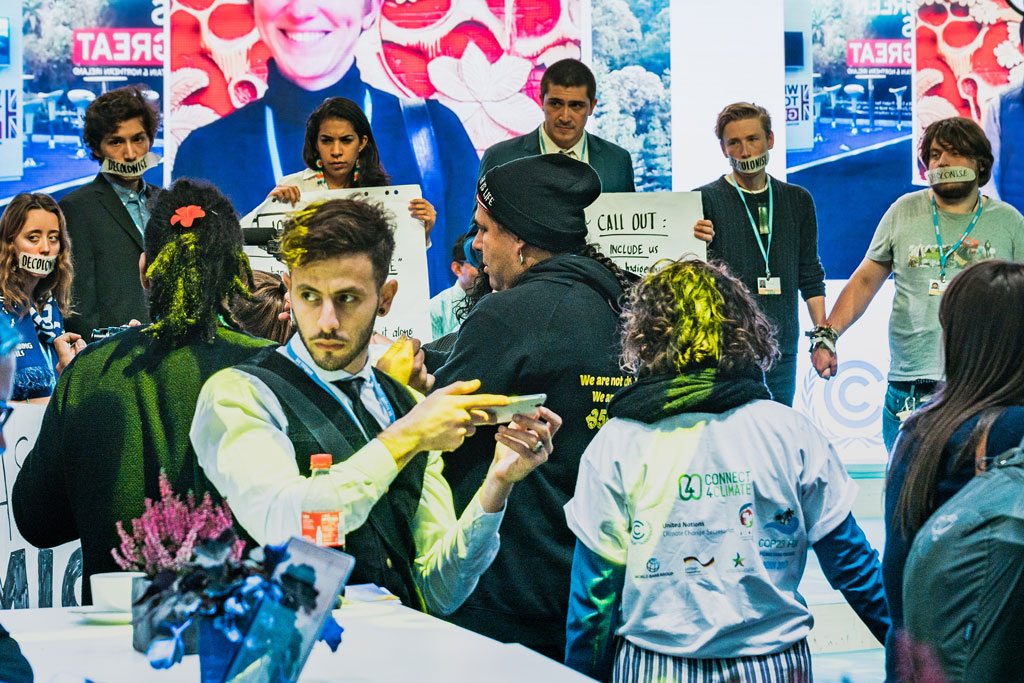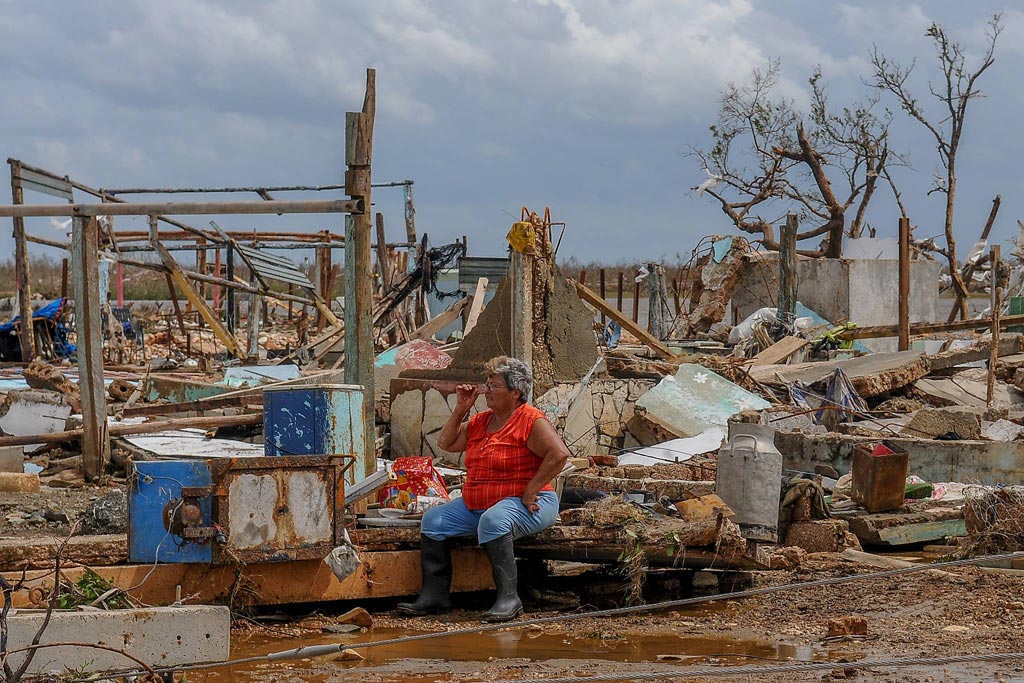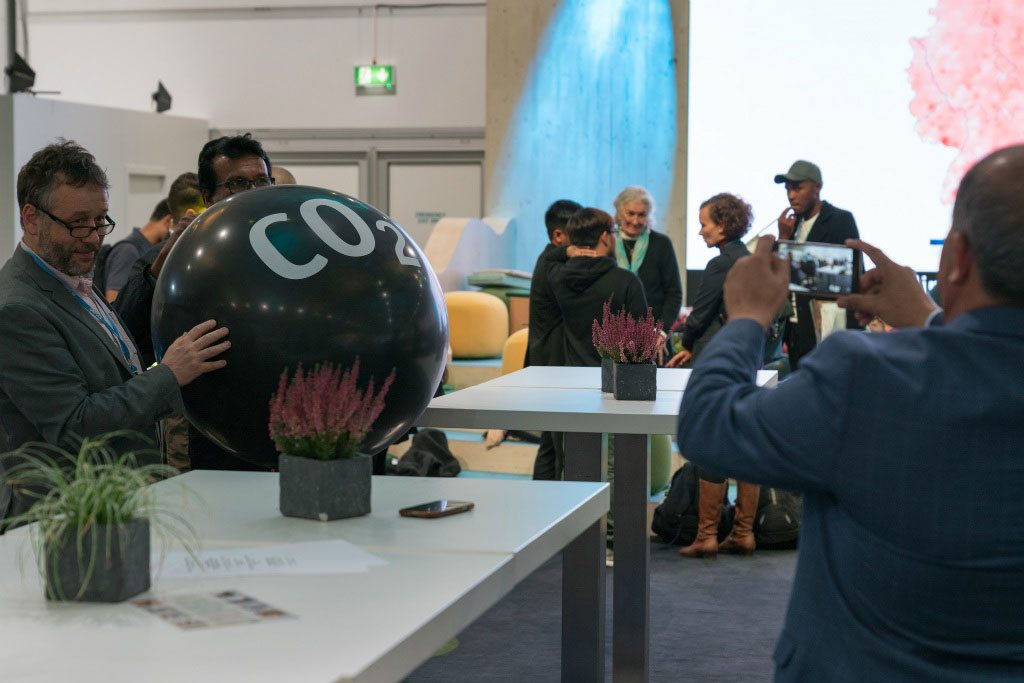The international community has been meeting in Bonn, Germany, for the past two weeks to tackle climate change. One year after the entry into force of the Paris Climate Agreement, the annual Conference of the Parties to the UN Framework Convention on Climate Change (UNFCCC) is an opportunity for nations around the world to show their ambition for climate action and their determination to keep their promises under the theme of “Further, Faster – Together.”
The gathering, known as COP23, started last Monday, with technical discussions over the Paris Agreement, and featured high-level events this week, including an address by UN Secretary-General António Guterres.
In his address on 15 November, Secretary-General Guterres called climate change “the defining threat of our time,” adding that “our duty – to each other and to future generations – is to raise ambition.” He called for lowering emissions and doing more to adapt to the changes, including through investment in climate-friendly developments, building partnerships, and strengthening political leadership. Pictured: UNFCCC Executive Secretary Patricia Espinosa, German President Frank-Walter Steinmeier, Fijian Prime Minister Frank Bainimarama, Secretary-General Guterres, and Ovais Sarmad, UNFCCC Deputy Executive Secretary.
While senior officials addressed the international community, one of the most reported stories was of 12-year-old Timoci Naulusala, whose village in Fiji’s Tailevu province was hit by a cyclone last year. “My once beautiful village is now a barren and empty wasteland,” he told the thousands of participants. “Climate change is here to stay unless you do something about it.”
At the heart of the conference in Bonn is the Paris Agreement, which was adopted by the 196 parties to the UNFCCC in December 2015. It calls on the international community to combat climate change by limiting global temperature rise to below 2 degrees Celsius and strive not to exceed 1.5 degrees Celsius. Above, children at the welcoming ceremony at COP23 on 6 November.
“While Paris represented one of those moments where the best of humanity achieved an agreement so important to our collective futures, Bonn represents how we will move forward to fulfil its promise,” said the UNFCCC Executive Secretary, Patricia Espinosa. “We are running out of time to turn things around. To do so, we must significantly increase our efforts to reduce emissions and our carbon footprints.” Ms. Espinosa is pictured above on one of the bicycles ferrying people between venues for the conference, along with electric buses.
Fijians performing a traditional ceremony at the opening of COP23. The president of the conference is Fiji – the first time a small island country on the frontlines of climate change holds that honour. Fijian Prime Minister Frank Bainimarama said the world can no longer ignore phenomena such as extreme storms and rising sea levels: “It’s hard to find any part of the world that is unaffected by these events.”
Above, protesters at one of the COP venues in Bonn. They are among the thousands of delegates from 193 countries – as well as scientists, environmentalists and advocates – estimated to be participating in the two-week event. Given the high turnout, the event is being held in Germany, where logistics are a lesser strain on the country’s resources, rather than in Fiji, which officially holds the presidency.
Among the side events scheduled at COP23 are several focusing on the power of cities, regions, private sector companies and investors, in implementing the Paris Agreement in the areas of energy, water, agriculture, oceans and coastal areas, human settlements, transportation, industry, and forests. Pictured above are signs from an alliance that calls itself “America’s Pledge.” Led by California Governor Jerry Brown and former New York City Mayor Michael Bloomberg, the group says it is committed to the Paris Agreement after President Donald Trump said in June that the United States would withdraw from it.
Among the initiatives launched at the climate conference is the InsuResilience Global Partnership, which aims to offer insurance against climate risks to an additional 400 million poor and vulnerable people in developing countries by 2020. At the start of the initiative, only around 100 million poor and vulnerable people in Africa, Asia and Latin America were insured against climate-related risks. Read more about the initiative from our team in Bonn.
A week before the opening of the Conference, the UN World Meteorological Organization (WMO) announced that the levels of carbon dioxide (C02) surged at “record-breaking speed” with levels in 2016 higher than anything seen in at least 4.5 million years – before humans existed. The findings coincide with WMO data showing that 2017 is likely one of the hottest years on record.
Climate change is a threat to rich and poor alike, wrote Ms. Espinosa, UN Development Programme Administrator Achim Steiner and the Secretary-General’s Special Representative for Disaster Risk Reduction, Robert Glasser in an opinion piece published in October. They talked about the devastation that Category 5 hurricanes brought to the Caribbean and the United States, and warned that the severity and frequency of such weather events will escalate, unless something is urgently done. Pictured, damage on 8 September from Hurricane Irma in Antigua and Barbuda.
Our team in Bonn has been filing stories for two weeks. Here is our first. We speak to UNFCCC Executive Secretary, Ms. Espinosa, and revisit the Marrakech Climate Conference, which set the stage for this month’s event. Next year’s climate conference will take place in Poland. Pictured: Aerial view of the Bonn Campus, Germany.
Via UN News Centre












